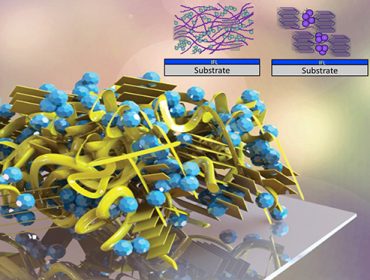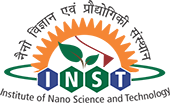Organic Solar Cells
Organic Solar Cells
The worldwide energy consumption is increasing proportionally with the human populations and urbanizations. To supply continuously the increasing demand of energy, in the near future we need to have an alternative and sustainable solution to the fossil fuels. The nuclear energy is no more considered as the solution as it carries a catastrophic risk to the mankind. The solar energy is a natural choice as the alternative and sustainable clean energy solution. The carbon free energy sources are the added advantage as it reduces the global warming threats.

However the biggest challenges are the artificial harvesting of solar energy and its conversion into usable chemical or electrical energies. The photovoltaic (PV) devices convert light into electrical energy. Recently it has been realized that dye-sensitized solar cell (DSSC) is the only PV device that can serve as the alternative energy source over the previous silicon based PV. However it needs extensive research to improve the efficiency of the DSSC of present days efficiency of 13.5%. Initially, it was observed that the ruthenium-based dye deposited on the wide-band gap TiO2 with iodine/triiodide redox couple in a “Graetzel cell” provides high power conversion efficiency (PCE). Later it was shown that the porphyrins based dye provides highest PCE conversion. This photo conversion depends on several factors, most importantly the photo-excitation process of dye and injection of excited electron and hole from dye to the semiconducting materials.
Despite the key factors of electron injection process at dye-substrate interfaces, our understanding of the mechanism is not adequate. The understanding of the key processes at atomistic and electronic level must be achieved to increase the efficiency of solar cells. Thus the purpose of this project is to obtain insights into the electron and hole injections processes from organic dye to TiO2applying state-of-the-art electronic structure computations, molecular dynamics simulations and semi-classical theory of electron transfer. The minimum requirement for this project is fundamental knowledge of physics or chemistry or materials sciences with strong problem solving attitude. The knowledge of quantum mechanics and computer aptitudes are plus for the project.

We are working at the Institute of Nano Science and Technology Mohali, one of the leading research institutes in India in the field of Nano Science. INST is located in Chandigarh, one of the major cities of India.
Quick Links
Contact Us
- Sector-81, Sahibzada Ajit Singh Nagar, Punjab, Pin - 140306, India.
- +91 172 2297139
- [email protected]
- [email protected]
